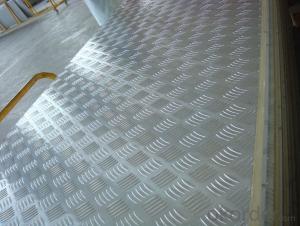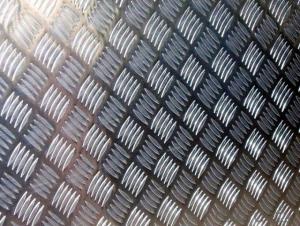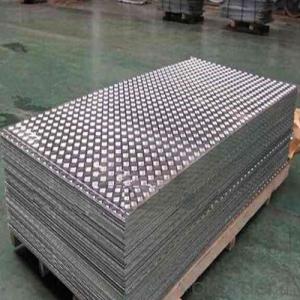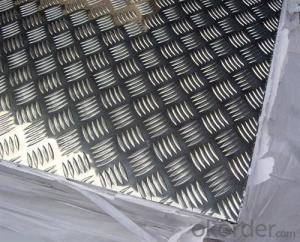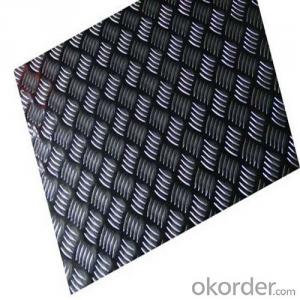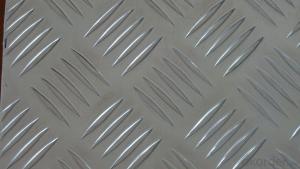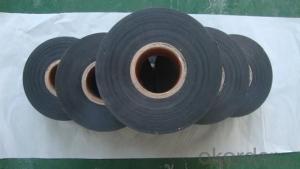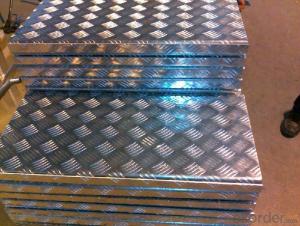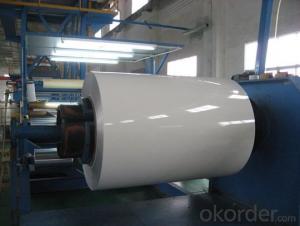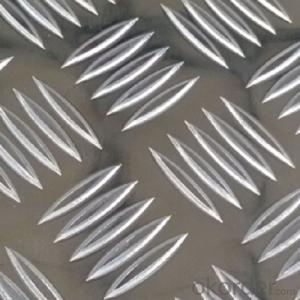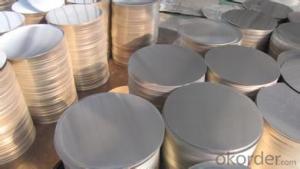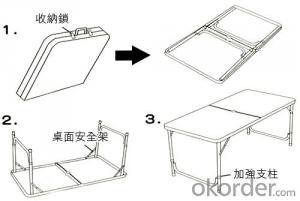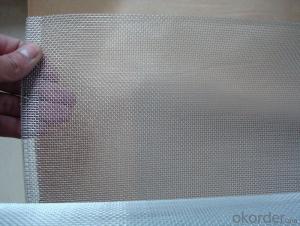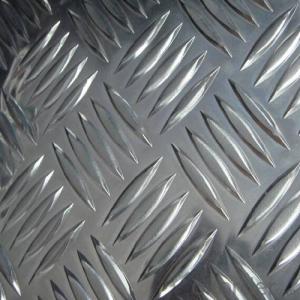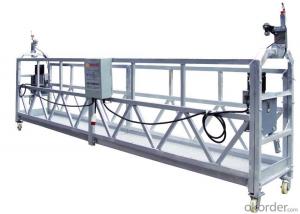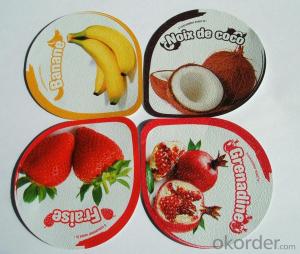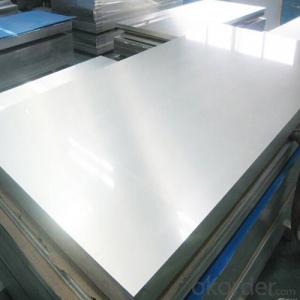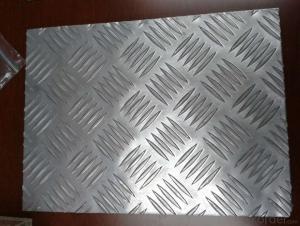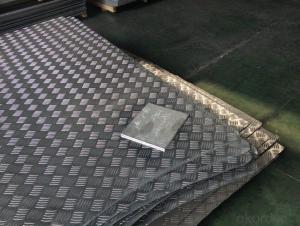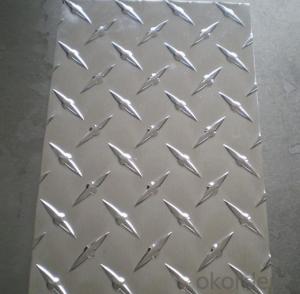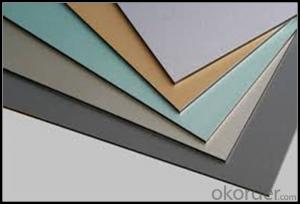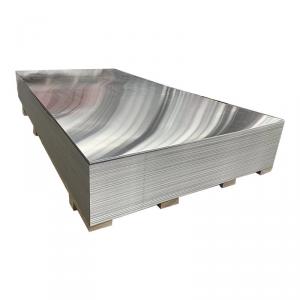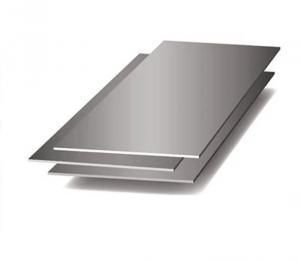Aluminum Anti Skid Plate
Aluminum Anti Skid Plate Related Searches
Aluminum Skid Plate Aluminum Anti Slip Plate Non Skid Aluminum Plate Anti Slip Aluminum Plate Trd Aluminum Skid Plate Tj Aluminum Skid Plate Ktm Aluminum Skid Plate Rci Aluminum Skid Plate E46 Aluminum Skid Plate Aluminum Skid Plate Thickness Tacoma Aluminum Skid Plate Wraith Aluminum Skid Plate Jeep Tj Aluminum Skid Plate Axial Wraith Aluminum Skid Plate Aluminum Skid Plate Tacoma Aluminum Skid Plate Jeep Jk Aluminum Surface Plate Non Slip Aluminum Plate Ford Focus Aluminum Skid Plate Aluminum Skid Plate 4runner 4runner Aluminum Skid Plate Aluminum Wall Plate Aluminum Kick Plate Aluminum Floor Plate S10 Aluminum Skid Plate Fj Cruiser Aluminum Skid Plate Aluminum Square Plate Aluminum Grid Plate Aluminum Cooling Plate E92 M3 Aluminum Skid PlateAluminum Anti Skid Plate Supplier & Manufacturer from China
Aluminum Anti Skid Plate is a type of metal plate designed with a special textured surface to provide excellent anti-slip properties. Made from high-quality aluminum, these plates are known for their durability, lightweight, and corrosion resistance. They are commonly used in various industries and applications where slip resistance is crucial, such as in construction, marine, and transportation sectors.The Aluminum Anti Skid Plate is widely used in areas that require a high level of safety and grip, such as walkways, ramps, and platforms. Its non-slip surface ensures that people and objects remain stable, reducing the risk of accidents and injuries. This product is particularly useful in wet or oily environments where the risk of slipping is increased. Additionally, its aluminum composition makes it an ideal choice for applications where weight is a concern, such as in the transportation industry.
Okorder.com is a leading wholesale supplier of Aluminum Anti Skid Plate, offering a vast inventory to cater to the needs of various industries. With a commitment to quality and customer satisfaction, Okorder.com ensures that the Aluminum Anti Skid Plate they provide meets the highest standards of performance and reliability.
Hot Products
